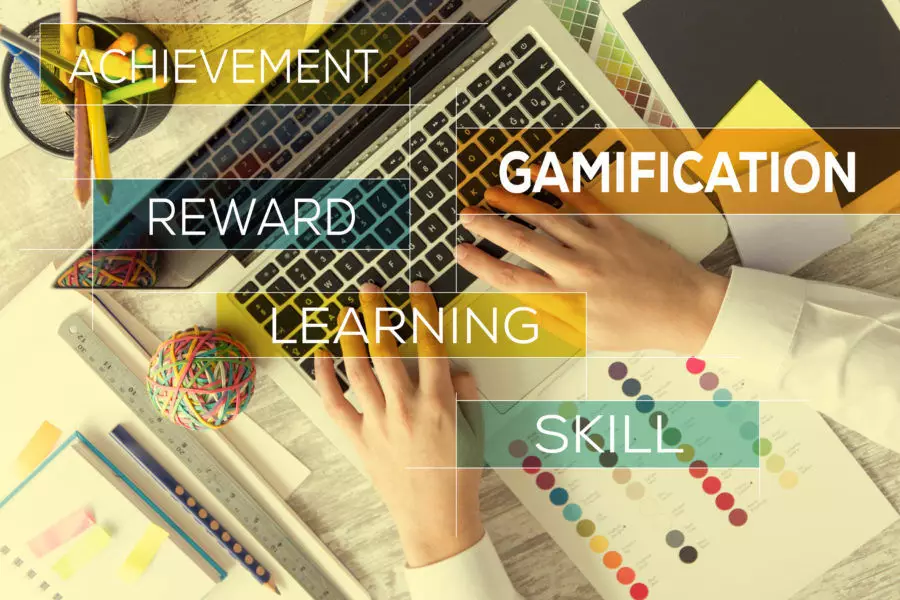5 Ways to Gamify eLearning for Better Engagement

In the last decade, there have been countless articles written about why gamification of eLearning makes good business sense. The basic argument is that gamification makes any eLearning program, course or module more fun and exciting, which translates into increased learner engagement, higher retention of material learned, and eventually better business results that can have a real impact on the company’s bottom line. As a concept, it’s very easy to get behind this idea. But when it comes time to actually gamify eLearning for better engagement, the result is often not much more than a few achievement badges learners can earn for completing particular courses or trainings.

To fully realize the potential benefits of gamification in eLearning, you’d want to use all five of the following ways to gamify eLearning:
1. Think Like a Video Gamer
Where you grew up playing video games or not, the various ways to gamify eLearning do tend to mimic broad features in video games. You’ve probably known plenty of people who are or were at some point addicted to one or more particular video games. Wouldn’t you love to see your employees addicted to your eLearning programs because they’re so engaging? And it’s one addiction that actually does your company good because they’re learning what they need to know to excel and reach peak performance. Video games also feature immediate feedback. You always know at any given moment how well you’re doing – if you’re winning or losing. And if it’s a multi-player game, you also know how you’re doing relative to the other players. And wouldn’t your workplace benefit if ongoing immediate feedback was the rule and not the exception? When you start thinking of your eLearning programs as video games, the opportunities for ways to gamify eLearning will start popping up all over.
2. Game Characters
One of the most appealing aspects of many video games is the opportunity for the player to choose or create their own character inside the game world, often called an avatar. Letting your learners do the same gives them an avenue for self-expression not often found in the corporate environment.
3. Achievement Awards
The more creative ways you can find to reward learning progress and achievements, the better. It’s become pretty common in many eLearning systems to have achievement badges for reaching various levels of accomplishment. But the possibilities here are truly endless. In addition to the simple virtual badges in your eLearning programs, back those up with real-world rewards as well. Many video games reward progress by letting the players “unlock” special items as they go. Some incentive ideas you could use as a way to gamify eLearning could include things like special parking privileges for a month, one-on-one coaching sessions, being spotlighted in the company newsletter, flexible work hours for a month, extra time off and so on.
4. Competition
Video gamers always want to know how good they are relative to other players, with everyone competing for a better position on highest scores ranking or leaderboard. Having this kind of scoreboard available in your eLearning system will activate that natural competitive tendency that exists in many people. This in turn offers another avenue for rewarding achievements.
5. Gamifying Your Content vs Content Gamification
It’s also worth noting here the difference between gamifying your content versus content gamification. They sound like the same thing, but they’re not. When you gamify your content, the content itself hasn’t been changed at all. The gamification aspect is likely to be supplied through your LMS (learning management system) and would apply to any eLearning course or content. Content gamification, on the other hand, changes to content and turns it into a game. Another way to say this is that gamifying your content is structural gamification, whereas content gamification turns the content itself into a game. The gold standard would be to make as much eLearning as possible consist of content gamification, but it requires a lot of time, effort and financial resources. Structural gamification is much easier, quicker and less expensive to implement.
Utilizing the five ways to gamify eLearning at your company will put you on track for more effective and successful eLearning programs that can have a profound impact on the bottom line of your business.